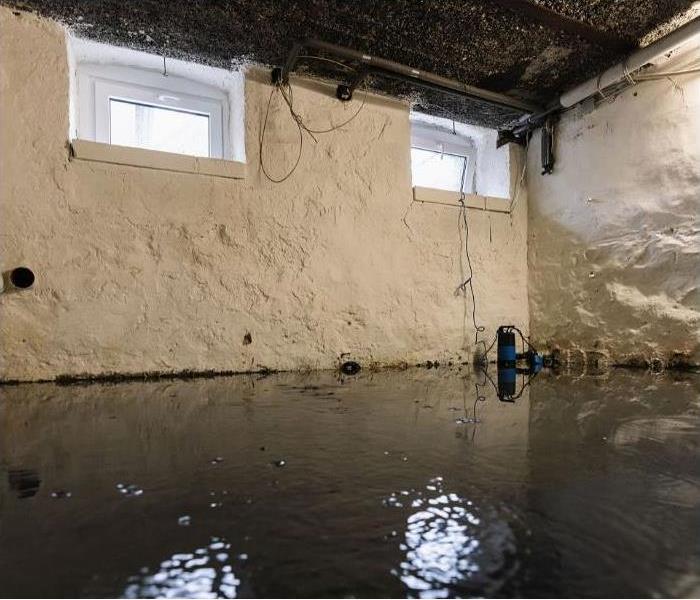Comprehensive Guide to Residential Water Damage Services: Prevention, Identification, and Restoration
8/17/2023 (Permalink)
Dealing with residential water damage can be overwhelming. From identifying the signs of water damage to initiating swift remediation actions, the entire process is fraught with challenges. In this comprehensive guide, we'll delve into all aspects of residential water damage services to help you navigate these daunting situations with ease.
Understanding Residential Water Damage
Water damage in a residential setting can occur due to numerous causes such as pipe bursts, faulty appliances, natural disasters, or a simple water leak. It can broadly be classified into three types - clean water damage, grey water damage, and black water damage. Understanding the nuances of each type is the first step in residential water damage services and efficient disaster recovery.
Preventing Residential Water Damage
Preventing water damage can save homeowners from potentially high water damage repair costs. Regular home inspections, proper maintenance of appliances, ensuring good drainage, and keeping the house's exterior, including the roof and gutters, in good condition are effective preventive measures. Prevention also involves recognizing potential problems early, such as a subtle water leak or dampness, to avoid more extensive water damage in the future.
Identifying Signs of Water Damage
Key signs of water damage include water stains, discoloration on walls or ceilings, mold growth, a musty smell, and in severe cases, structural damage. Recognizing these signs early can aid in prompt water damage restoration procedures and mold remediation, preventing further property damage and health risks.
Impact of Water Damage
Water damage can have far-reaching impacts on a residential property. From damaging the structural integrity of the house to encouraging mold growth, the consequences can be severe. Moreover, some types of water damage, such as black water damage, carry health risks due to the potential presence of hazardous substances.
Water damage can impact your home in the following ways
- Discolor, peel, bubble, or crack walls, ceilings, floors, and paint
- Warp, swell, split, or buckle building materials
- Damage or destroy belongings and appliances
The Water Damage Restoration Process
The water damage restoration process typically includes an initial assessment, water removal, drying and dehumidification, cleaning, and finally, restoration. Emergency water removal and professional water restoration services use advanced technology to ensure a thorough cleanup, from extracting water to structural drying and preventing mold growth.
Choosing a Water Damage Restoration Company
When selecting a residential water damage restoration company, it's crucial to look at their certifications, references, and insurance. Consider their ability to offer emergency flood services and other 24-hour water damage services. Choosing the right company ensures efficient water damage repair and minimizes potential health risks.
Insurance and Water Damage: What You Need to Know
Understanding your homeowner's insurance policy concerning water damage is crucial. While many policies cover certain types of water damage, not all situations may be covered. Knowing the terms of your policy and the process of filing a water damage insurance claim can help ensure you receive the necessary coverage.
The Cost of Water Damage Services
The cost of residential water damage services can vary depending on the extent of the damage, the type of water involved, and the necessary restoration procedures. Getting a clear estimate from your water damage repair contractors can help you plan and manage the costs more effectively.
Health Risks Associated with Water Damage
Residential water damage can pose several health risks, including respiratory problems, infections, and other conditions related to mold exposure. It is crucial to address water damage promptly to minimize these potential health risks.
Technology in Water Damage Restoration
Modern water damage restoration services employ advanced technology like infrared cameras for water detection, industrial air movers for drying, and powerful dehumidifiers for moisture control. Utilizing such technology ensures a thorough restoration process and a healthier living environment post-restoration.
Conclusion
Managing residential water damage involves a comprehensive understanding of the causes, impacts, and remediation procedures. With professional water damage services, you can ensure efficient restoration and a safe living environment.






 24/7 Emergency Service
24/7 Emergency Service
